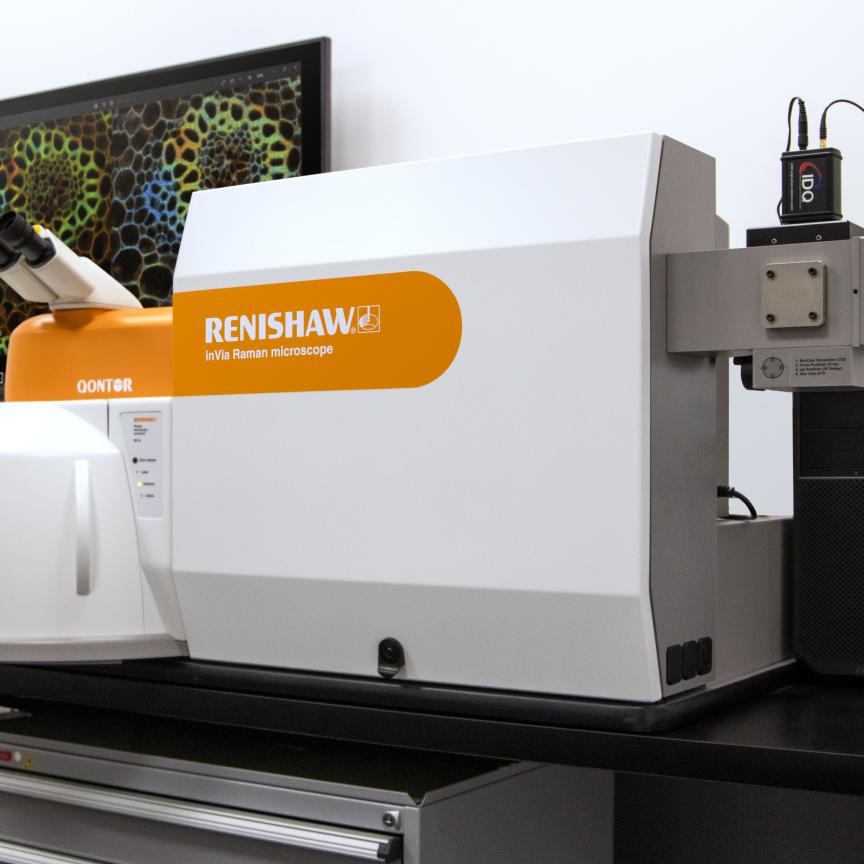Researchers from the University of Adelaide in Australia have developed a sensor that can detect trace amounts of explosives with the use of light and special glass fibres. The optical fibre sensor can detect concentrations as low as 6.3 parts per million, and could help in the defence against improvised explosive devices, which do not contain metal and therefore cannot be identified using traditional detection methods.
‘Traditionally explosives detection has involved looking for metals that encase them such as in land mines,’ explained project leader Dr Georgios Tsiminis, from the University's Institute for Photonics and Advanced Sensing. ‘In today's world, however, homemade improvised explosive devices will often have no metal in them − so we need to be able to detect the explosive material itself. This can be difficult as they often don't interact with chemicals and we don't want them near electricity in case they explode.’
Instead, the researchers are using a plastic material which emits red light when illuminated with green laser light − and the amount of red light it emits is reduced by the presence of explosives. Three tiny holes at the core of specially manufactured optical fibres are coated with the plastic or polymer material in a thin layer. The explosives sample is then drawn up the holes in the fibre by capillary action and the amount of red light emitted measured.
‘This has high sensitivity and we can detect tiny quantities of an explosive in a small sample,’ said Tsiminis, who is an Australian Research Council super science fellow. ‘And not only do we know if explosives are there, we can quantify the amount of explosive by looking at how the light emission changes over time.’
Tsiminis added that the sensor is ideal for forensics investigations to determine whether explosives have been present in a particular location. It's inexpensive, quick and easy to use and could be carried out on site to detect trace amounts of explosive.
‘What I like about this technology is that it has a lot of complicated physics underlying it, but it is really a very simple concept,’ said Tsiminis. ‘Forensic investigators would be able to take swabs from various surfaces, place them in some organic solvent and, within a few minutes, know if there have been explosives present.’
The research was done in collaboration with the Defence Science and Technology Organisation, and was published in the journal Sensors and Actuators B: Chemical.

